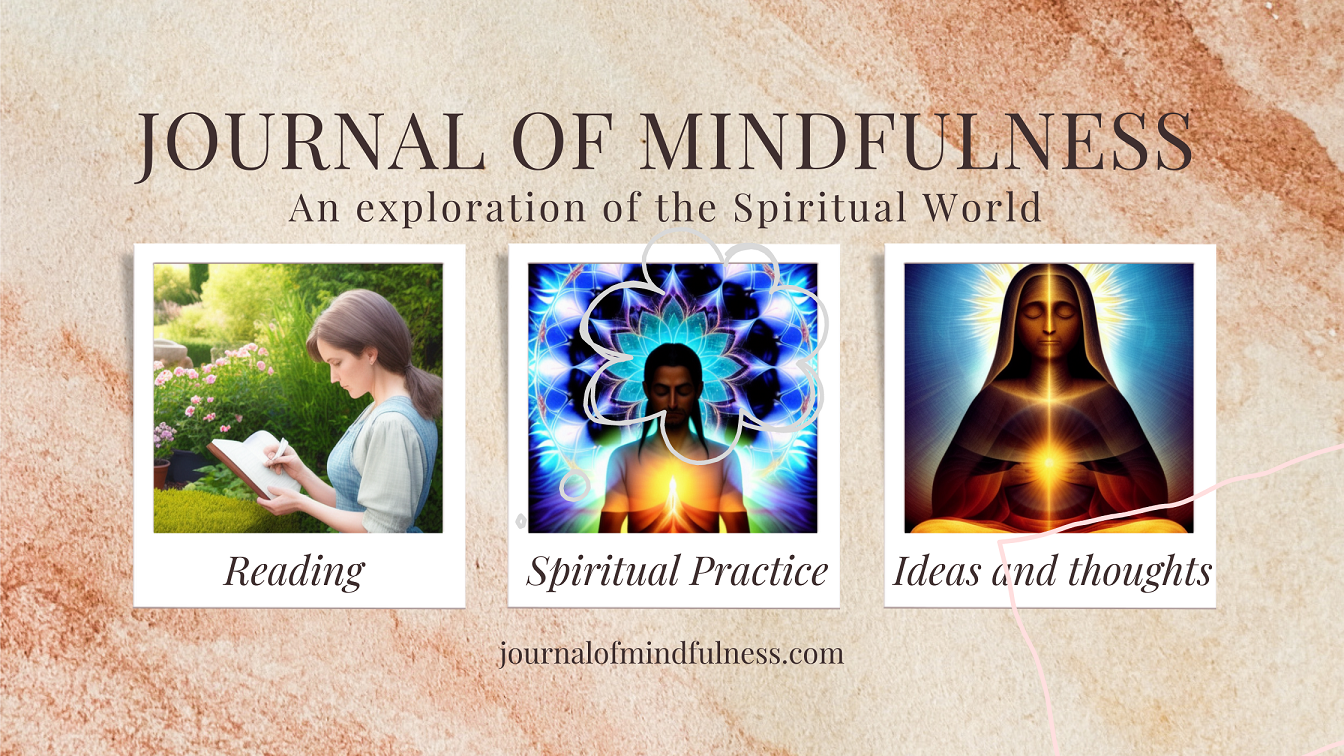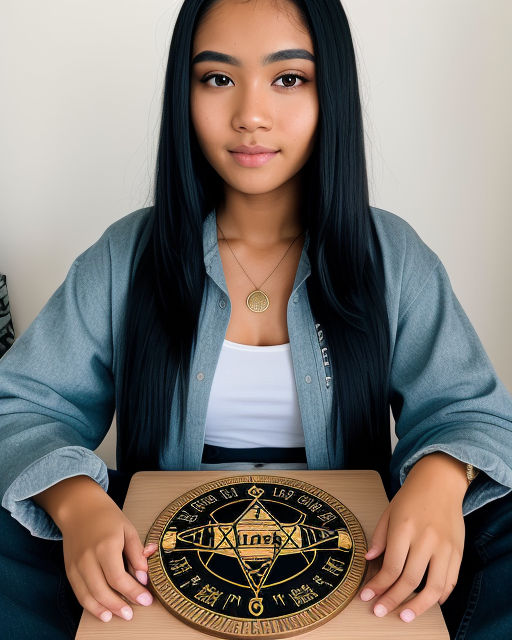Origins of Spirit Boards
Spirit boards, also known as Ouija boards, are tools used for divination or communication with spirits. The exact origins of spirit boards are somewhat unclear, but here are some key points about their history:
- Spiritualism and the Fox Sisters: The rise of spiritualism in the mid-19th century played a significant role in the popularization of spirit boards. The Fox Sisters, Margaret, Kate, and Leah, who were prominent mediums of the time, are often associated with the early development and use of spirit boards. They claimed to communicate with spirits using various methods, including a “spiritual telegraph” board.
- Early Precursors: Spirit boards have precursors in earlier divination practices. Planchettes, which were used for automatic writing and divination, were popular in the mid-19th century. These devices consisted of a small wooden or metal pointer that moved over a surface, indicating letters or symbols. Spirit boards evolved from the use of planchettes.
- Patenting of the Ouija Board: The modern concept of the Ouija board as a commercially produced product emerged in the late 19th century. The name “Ouija” is believed to have originated from a combination of the French and German words for “yes,” and it was patented in 1890 by Elijah Bond and Charles Kennard. The patent was later acquired by the Kennard Novelty Company, which eventually became the Ouija Novelty Company.
- Popularity and Cultural Influence: Ouija boards gained significant popularity in the early 20th century, particularly during the spiritualist movement and the interest in paranormal phenomena. They became a popular form of entertainment and a tool for spiritual communication. Ouija boards were often associated with seances and gatherings focused on contacting spirits.
- Mystical and Occult Associations: Over time, spirit boards developed mystical and occult associations. They were often depicted as gateways to the spirit world, capable of summoning spirits or channeling messages from the other side. This perception was fueled by popular culture, including books, movies, and sensationalized stories, which depicted Ouija boards as powerful and potentially dangerous tools.
- Continued Use and Evolution: Despite skepticism and criticism, spirit boards continue to be used today for divination, spiritual exploration, and entertainment purposes. The design and appearance of spirit boards have evolved, with different styles and variations available in the market. In recent years, there has been a resurgence of interest in spirit boards and related practices within the paranormal and New Age communities.
It’s important to note that opinions on spirit boards and their efficacy vary widely. Skeptics attribute the movement of the planchette to ideomotor response, where subconscious movements by the participants guide the pointer. Others believe that spirit boards can facilitate genuine communication with spirits or tap into the subconscious mind. The use of spirit boards remains a subject of personal belief, curiosity, and debate.

